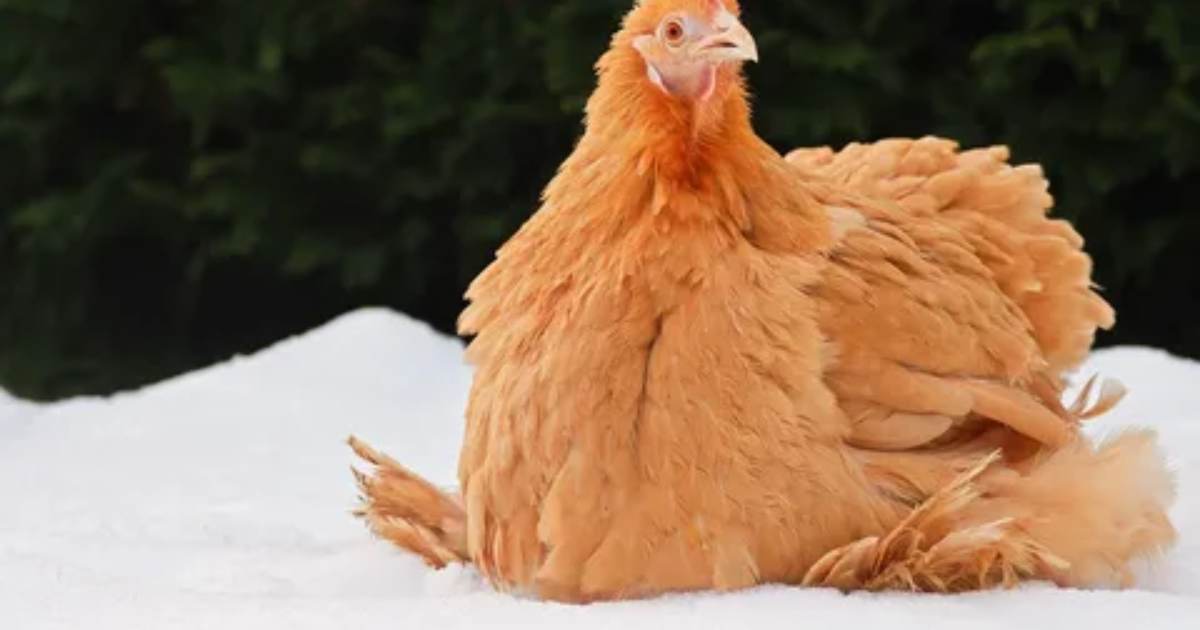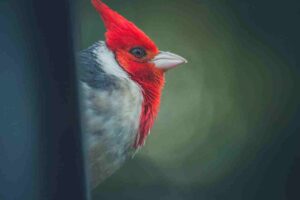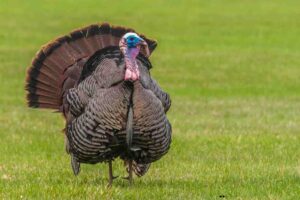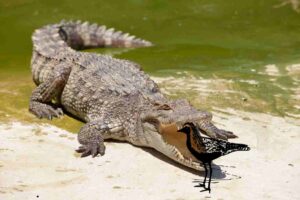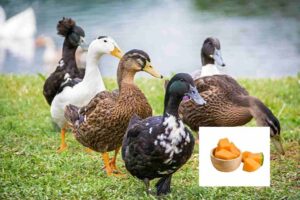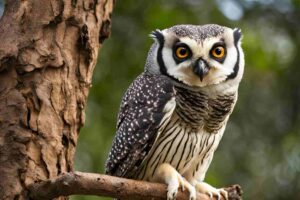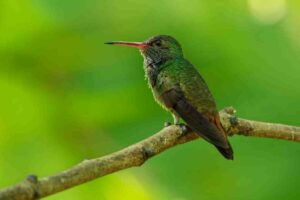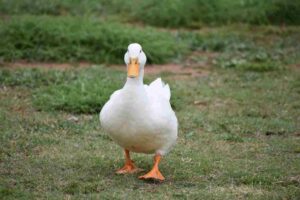Chickens are one of the most diverse and widely domesticated birds in the world, with a plethora of breeds exhibiting various physical traits and characteristics. Among these traits, feathered feet stand out as a particularly fascinating feature. This article delves into the genetics, breeds, care, and cultural significance of chickens with feathered feet, providing a comprehensive overview of this unique avian characteristic.
The Genetics of Feathered Feet
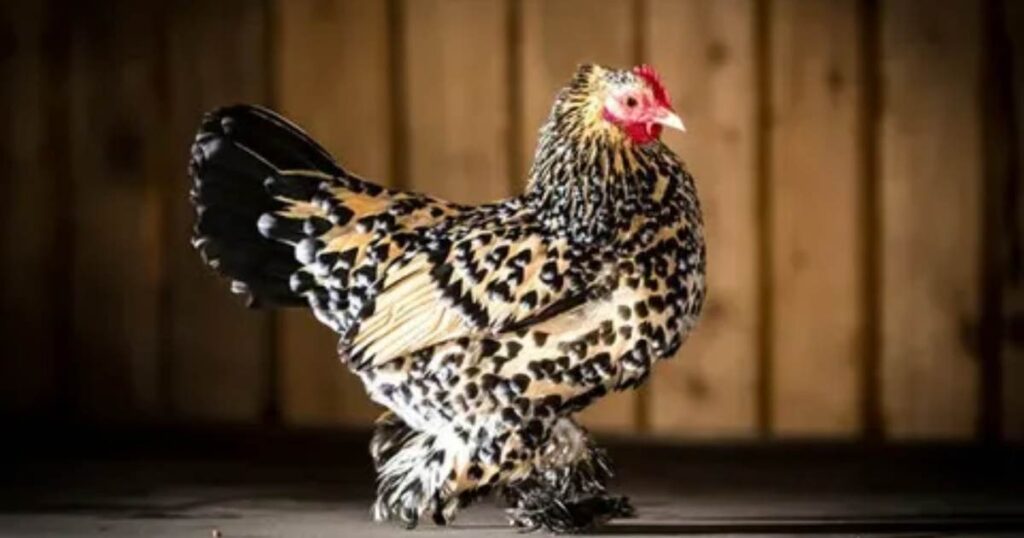
Feathered feet in chickens are the result of specific genetic mutations that affect feather growth on the legs and feet. Research has shown that the development of feathered feet is linked to a set of genes that regulate feather follicle formation and growth. These genes influence the molecular pathways that determine the presence and extent of feathering on the legs. For more insights into avian details, you can check out this guide to feeding geese.
Genetic Studies
Recent studies have identified that the feathering trait in chickens is not exclusive to one breed but can be found across various breeds, indicating a parallel evolution of this trait. For instance, the Guangxi domestic chickens exhibit a dramatic variety in feathered feet, making them an accessible model for research into the molecular mechanisms behind this trait. The genetic basis for feathered feet is similar to that observed in pigeons, suggesting that both species share common regulatory mutations that govern foot feathering
Molecular Pathways
The molecular signaling involved in the development of feathered feet is complex. It involves the transformation of leg structures to resemble wing-like identities, which is a fascinating example of evolutionary adaptation
This transformation is not merely cosmetic; it reflects underlying genetic and developmental processes that have evolved over time.
Breeds of Chickens with Feathered Feet
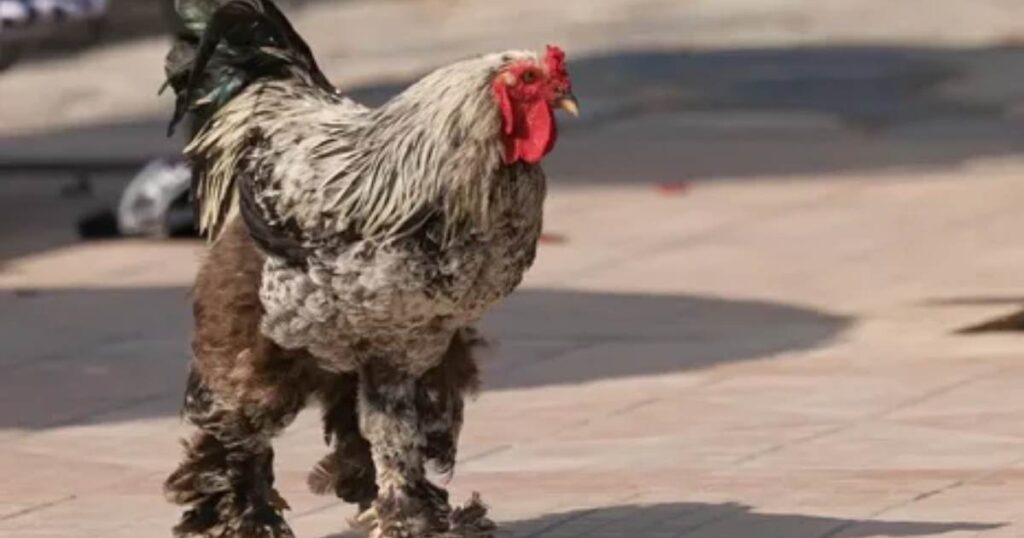
Several chicken breeds are renowned for their feathered feet. These breeds not only showcase the beauty of this trait but also exhibit unique characteristics that make them popular among poultry enthusiasts.
Cochin Chicken
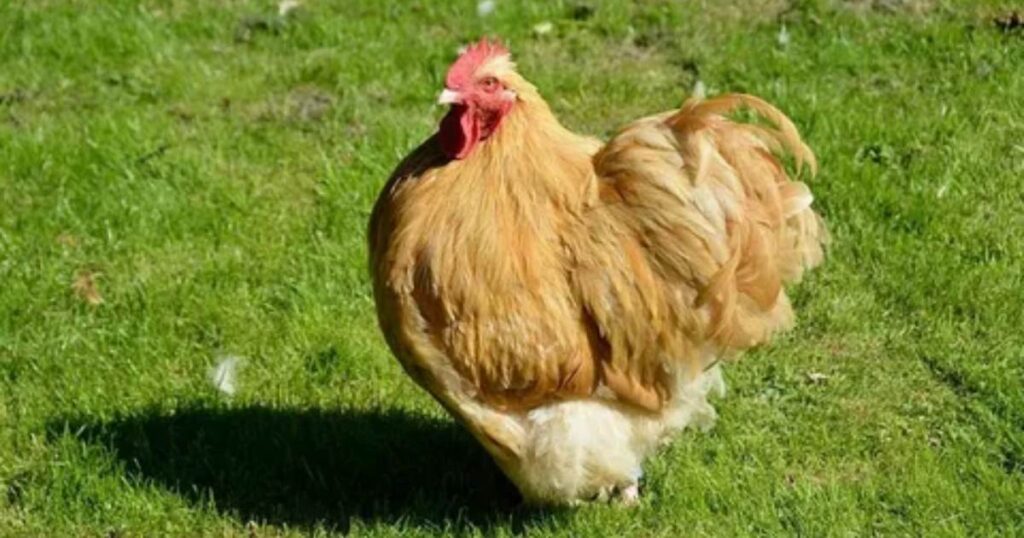
The Cochin is perhaps the most famous breed known for its feathered feet. Originating from China, Cochins are large, fluffy birds with a calm temperament. Their feathered legs and feet give them a distinctive appearance, making them a favorite in poultry shows. Cochins come in various colors, including black, blue, and white, and are known for their excellent mothering abilities.
Brahma Chicken
Brahmas are another breed characterized by their feathered feet. These birds are large and robust, originally bred for meat production. Brahmas have a gentle disposition and are known for their striking appearance, with feathered legs and a unique feather pattern. They are also hardy birds, capable of thriving in various climates.
Faverolles Chicken
Faverolles are a French breed that features feathered feet and a distinctive beard and muffs. They are known for their friendly nature and are often kept as pets. Faverolles are also good layers of brown eggs, making them a practical choice for backyard poultry keepers.
Silkies Chicken
Silkies are a unique breed with a soft, fluffy plumage that resembles fur. They have feathered feet and are known for their friendly and docile temperament. Silkies are often kept for their ornamental value and are popular in exhibitions. They are also known for their broody nature, making them excellent mothers.
Langshan Chicken
Langshans are a breed that originated in China and are known for their feathered legs and feet. They are medium to large-sized birds with a calm demeanor. Langshans are good layers of brown eggs and are also valued for their meat quality.
Care and Management of Chickens with Feathered Feet
Caring for chickens with feathered feet requires special attention to ensure their health and well-being. The feathering on their legs and feet can make them more susceptible to certain issues, such as dirt accumulation and injury.
Housing
Providing adequate housing is essential for chickens with feathered feet. Their coop should be clean, dry, and well-ventilated to prevent the buildup of moisture and dirt, which can lead to feather and skin problems. A raised coop can help keep their feet dry and reduce the risk of mud accumulation.
Bedding
Using appropriate bedding material is crucial for maintaining the health of feathered feet. Soft bedding, such as straw or wood shavings, can help cushion their feet and prevent injuries. Regularly changing the bedding will also help keep the environment clean and reduce the risk of infections.
Foot Care
Regular foot inspections are important for chickens with feathered feet. Owners should check for signs of injury, dirt buildup, or any signs of infection. If dirt accumulates in the feathers, it can lead to matting, which may require gentle cleaning. Bathing the feet in warm water and gently removing dirt can help maintain their cleanliness.
Nutrition
A balanced diet is essential for the overall health of chickens, including those with feathered feet. Providing a high-quality poultry feed that meets their nutritional needs will support feather growth and overall well-being. Supplementing their diet with fresh fruits, vegetables, and protein sources can also enhance their health.
Cultural Significance of Chickens with Feathered Feet
Chickens with feathered feet have held cultural significance in various societies throughout history. Their unique appearance and characteristics have made them symbols of beauty and prosperity in many cultures.
Poultry Shows and Exhibitions
Feathered-footed chickens are often featured in poultry shows and exhibitions, where they are judged based on their appearance, temperament, and adherence to breed standards. These events celebrate the diversity of chicken breeds and promote interest in poultry keeping. Breeders take pride in showcasing their feathered-footed birds, highlighting their beauty and unique traits.
Folklore and Traditions
In some cultures, chickens with feathered feet are associated with good fortune and prosperity. Their unique appearance has led to various folklore and traditions surrounding their care and breeding. For example, in certain communities, owning a feathered-footed chicken is believed to bring luck and abundance to the household.
Educational Value
Chickens with feathered feet also serve an educational purpose. They are often used in agricultural education programs to teach children and adults about animal husbandry, genetics, and the importance of biodiversity. Their unique traits provide an engaging way to learn about animal care and the role of poultry in agriculture.
Conclusion
Chickens with feathered feet are a captivating aspect of poultry diversity, showcasing the beauty and complexity of avian genetics. From their unique genetic makeup to their cultural significance, these birds offer a wealth of knowledge and enjoyment for poultry enthusiasts and researchers alike.As we continue to explore the fascinating world of chickens, it is essential to appreciate the care and management required for these unique breeds.
By understanding their needs and promoting their conservation, we can ensure that future generations will continue to enjoy the beauty and charm of chickens with feathered feet. Whether kept for companionship, exhibition, or agricultural purposes, these birds hold a special place in the hearts of many and contribute to the rich tapestry of avian life.
